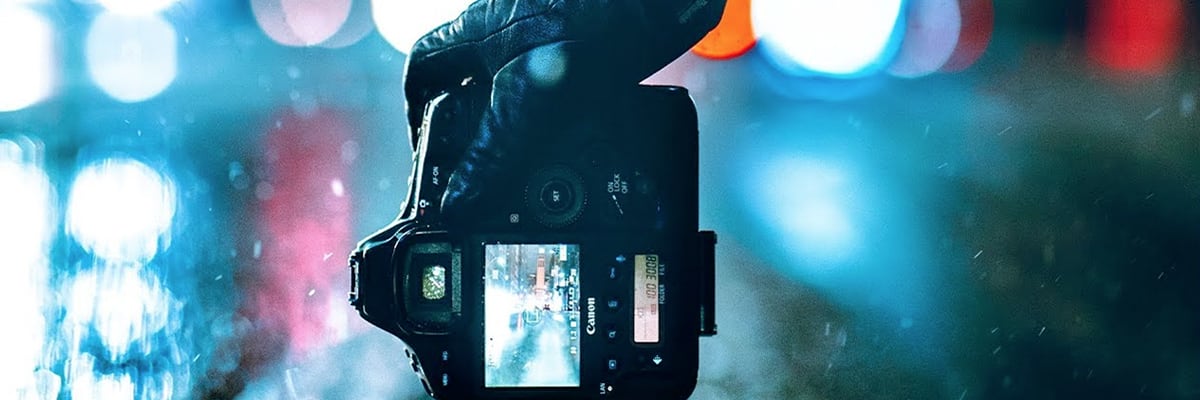
Return navigate_next
Best Camera Lens for Low-Light Photography Right Now
August 25, 2021 *
Low-light photography generally refers to taking pictures at night. However, wooded hikes, on-stage performances, or even heavily shaded lawns can present a low-light challenge during the day. Good photographers learn to take pictures under all sorts of lighting conditions. A great lens for low-light photography will also help your shots tremendously. We outlined the “best” lens below.
The Best Lens for Night or Low-Light Photography
According to TechRadar, there’s not one special lens that’s best for all night photography. Photographers should gravitate towards wider apertures to make up for the lack of light. In general, prime lenses satisfy this requirement.
Qualities of prime lenses also include a fixed focal length with larger apertures (f-stop). This lets the lens collect more light, but might require adjusting the camera position to change compositions.

Which prime lens works best for low-light photos? Many photographers start with a prime lens between 50mm f/1.8 and 35mm f/1.8. (The smaller the f-stop number is, the more light it can let in.) Plenty of these lenses come at budget-friendly prices for beginners too. This article about lens selection and care may prove helpful for beginners.
Other Night and Low-Light Tips for Photographers
Many other factors can impact the quality of low-light photography besides the lens. These suggestions can also help improve photos taken under less-than-ideal light conditions:
- Slower shutter speeds: Slowing down the speed the shutter opens and closes can help gather more light. But remember, if the shutter speed is too slow, your image might be blurry.
- Wider aperture: As mentioned above, wider apertures let in more light. Widening the aperture means reducing the f-stop to lower values. Again, prime lenses usually allow for wider apertures.
- Increased ISO: A higher ISO will make cameras more sensitive to available light. If your ISO is too high, however, your image might become grainy.
- Stabilized camera: Slower shutter speeds also can increase the chance of shaking the camera. Long-exposure photography often benefits from a tripod or other camera stand.
- Invest in a flash: A camera flash often comes on the camera body, but it’s not the best. Purchasing an attachable flash that diffuses light helps in extreme low-light conditions.

Also, CNET suggested shooting raw photos without applying any modifications because camera software will apply changes that might leave out details when it creates a JPG file. Photographers will enjoy better results by applying filters and edits to the photo manually later.
Finally, photographers usually have more luck with manual focus than autofocus in low-light conditions. Some cameras include an autofocus assist light that may help. Beyond this handy feature, using another source of light can help the camera focus before shooting the photo. Using the camera’s or an external flash may depend upon the exact conditions and nature of the photo.
Protection for lenses and cameras
With the right care and a little luck, good lenses can last for years. Lens caps, the right cleaning supplies, and protective cases will offer some protection against scratches and cracks. On the other hand, accidents happen to even the most careful photographers.
After all, enthusiastic photographers buy their cameras and accessories to use them and not leave them sitting in a drawer. Making the most of it means using your camera in various conditions. All photographers should take steps to protect their gear.

Besides camera warranties, Upsie also offers protection plans for camera lenses. They cover damage from accidents like drops and spills. Additional coverage includes:
- 24-7 claims service from live reps
- Choice of free mail-in or local repairs
- A choice of two- and three-year protection plans
- Repairs with only a $25 deductible per claim and absolutely no hidden fees
It takes time to develop skills as a photographer and even to choose the best equipment. Upsie makes it simple to buy the best protection plans.
Learn More About Camera Lenses:
* This article is over 6 months old and may or may not be updated.
